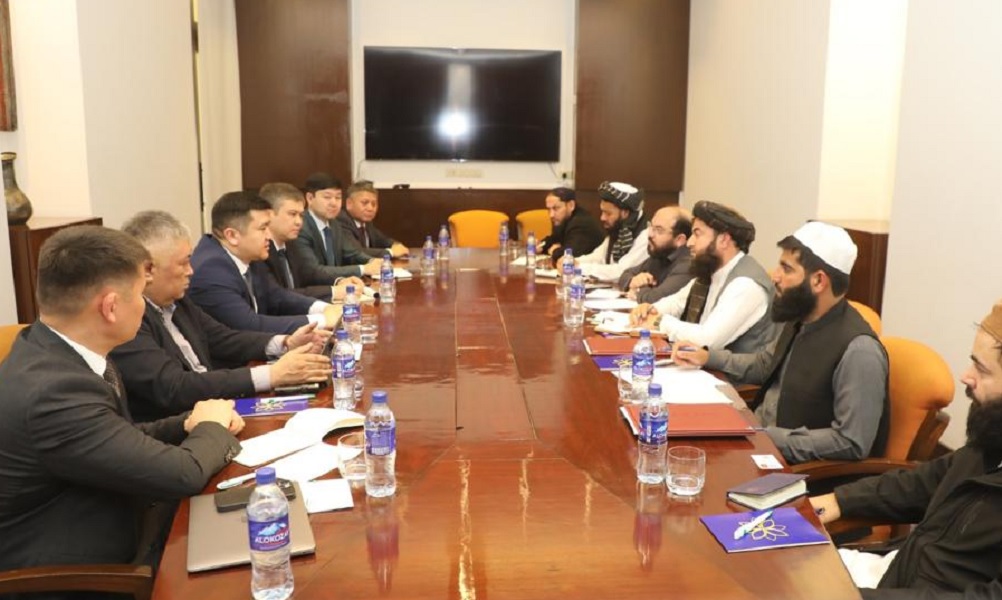Business
US planning for post-peace agreement in Afghanistan
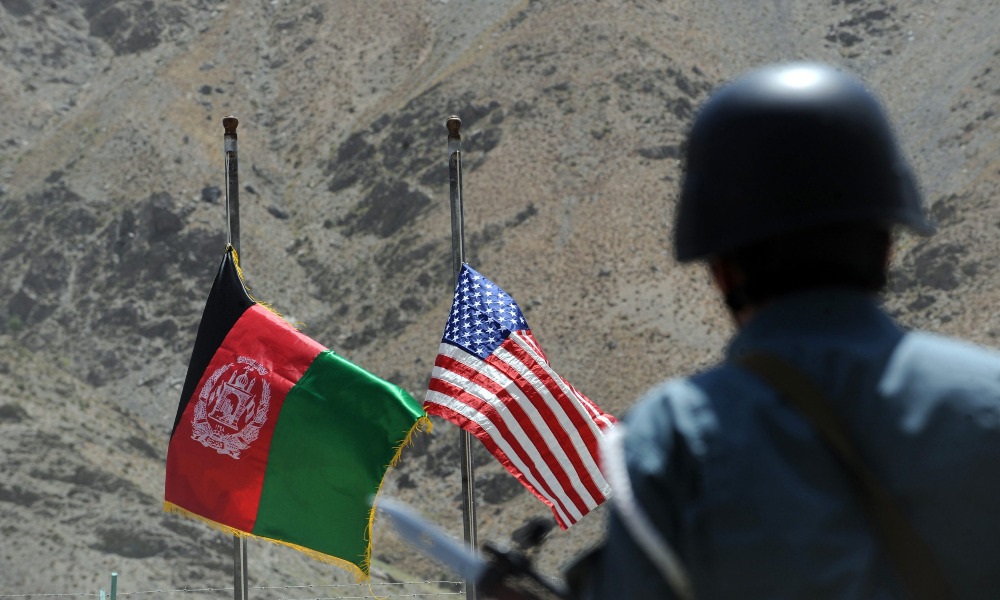
The US wants to continue its assistance to Afghanistan after the possible peace agreement with the Taliban, aimed to end the long-term conflict in Afghanistan.
A number of diplomats told Ariana News that Washington wants to continue its assistance and implement new development, infrastructure, job creation, and economic programs in Afghanistan.
Shukria Barakzai, Afghanistan’s former ambassador to Norway, said: “The international communities would like to invest in Afghanistan and provide job opportunities for Taliban fighters not only in the Afghan uniforms but also in their employment in national and international economic projects.”
Meanwhile, 114 billion AFN for the national budget this year will shape Afghanistan’s development and operations sector; Most of the global aid including 8.14 billion from the US is allocated for the development sector.
The Afghan government is preparing to attend the Geneva summit in late November to both attract more financial assistance from the world and to shed light on future grants.
“We’re trying to get more donations every year. We’re working on a global conference in 2020 for the next few years. The donor’s commitments will be clearer,” Shamroz Khan Masjidi, a spokesman for the Finance Ministry said.
The Afghan State Ministry for Peace Affairs also says that it has studied the country’s needs on its pre-, current, and post-peace plans with the Taliban.
“In proportion to the progress of the process and the conditions that have arisen, ASMPA will take action in coordination with all institutions and structures related to the peace process,” said Najia Anwari, a spokeswoman for the Ministry of Peace.
Following the peace agreement, addressing infrastructure and job creation programs, especially in areas under Taliban rule that have been under siege, and removing Afghanistan from economic dependence is considered a serious need.
“Afghanistan’s main problem is the country’s economic prosperity, which needs to be addressed in order to reduce economic dependence and strengthen the internal forces,” said Shabir Bashiri, chairman of the Supreme Council of Industries, Mines and Investment.
The final paragraph of the US-Taliban peace agreement also states that the United States is working with the new Afghan government to rebuild Afghanistan economically and not to interfere in its affairs.
On the other hand, a number of economic analysts and senior representatives of the US Special Inspector General for Afghanistan Reconstruction are concerned about the post-war Afghan economy and are calling on donors to continue their financial and military assistance to establish a regular military force in Afghanistan.
While some belief with the approach of Intra-Afghan Talks, an end to the two-decade-long war in Afghanistan might be reached, economic and political analysts at the Modern War Institute are concerned about post-war Afghanistan saying that even after peace, Afghanistan needs long-term financial and economic assistance from donor countries.
Duncan Walker, a professor of economics at a US Military University believes that countries like Afghanistan, where decades of war have been going on for a long time, will certainly need the help and infrastructure of various sectors, even after the end of the war.
However, more than any post-war concern in Afghanistan, everyone is now waiting for the start of talks between Afghans, which could end the Afghan government’s two-decade war with the Taliban.
Business
Afghanistan-Kazakhstan banking ties discussed in Kabul meeting
Business
Afghanistan, Kazakhstan envoys discuss expanding trade and regional connectivity
Ambassador Shakeeb thanked Kazakhstan for its continued support and constructive engagement with Afghanistan, particularly in efforts aimed at peace and economic development.

Afghanistan’s Ambassador to Pakistan, Sardar Ahmad Shakeeb, has met with Kazakhstan’s Ambassador to Pakistan, Yerzhan Kistafin, to explore ways to strengthen bilateral relations and advance regional cooperation.
The two envoys exchanged views on Afghanistan–Kazakhstan ties, regional connectivity, and major infrastructure initiatives, as well as the opportunities and challenges facing regional trade. Discussions also touched on Kazakhstan’s role in promoting regional stability and other matters of mutual interest.
Ambassador Shakeeb thanked Kazakhstan for its continued support and constructive engagement with Afghanistan, particularly in efforts aimed at peace and economic development.
He expressed hope that the proposed $3 billion joint trade agreement, once finalized, would bring tangible benefits to both countries and contribute to broader regional economic integration.
Ambassador Kistafin reaffirmed Kazakhstan’s support for stability and economic growth in Afghanistan, highlighting his country’s involvement in key regional connectivity and trade projects.
He said the current security and stability situation in Afghanistan has increased Kazakhstan’s confidence in expanding regional trade and transit, and praised the efforts of the Islamic Emirate in this regard.
He also stressed the need for coordinated regional efforts to ensure lasting stability, sustainable economic development, and the smooth movement of goods and transit across the region.
Business
Mahirood Customs leads Iran’s exports to Afghanistan
More than 1.5 million tonnes of goods were exported to Afghanistan through the border crossing during this period.
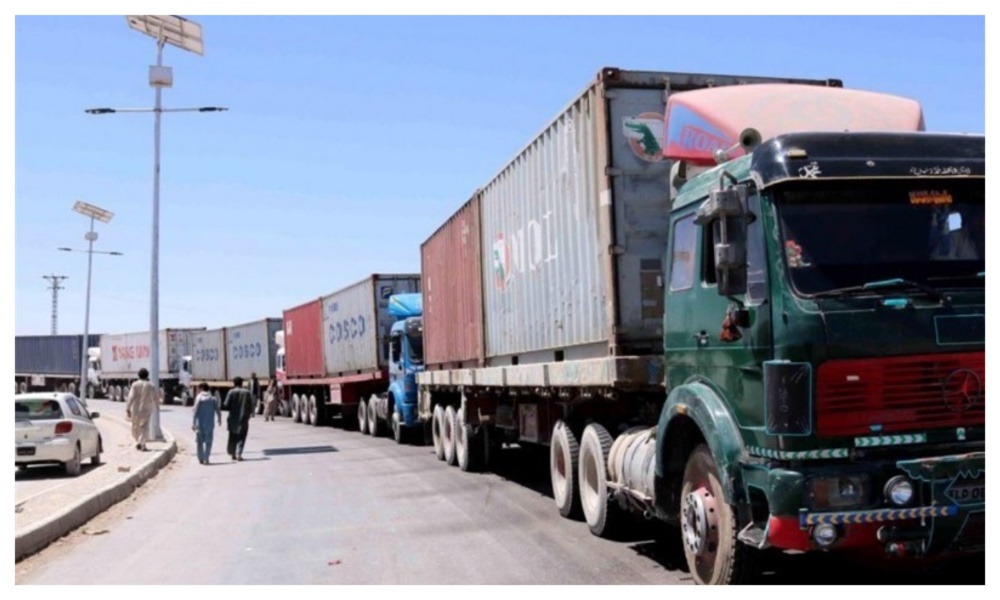
Mahirood Customs in South Khorasan province has become Iran’s main export gateway to Afghanistan, accounting for 36 percent of the country’s total exports to its eastern neighbor, Iranian officials said.
South Khorasan Governor Seyed Mohammadreza Hashemi told local media that Mahirood ranked first among Iran’s 71 active customs points during the first eight months of the current Iranian year.
More than 1.5 million tonnes of goods were exported to Afghanistan through the border crossing during this period.
Official customs figures show that Iran’s total exports to Afghanistan exceeded 4.26 million tonnes in the first eight months of the year, with Mahirood handling the largest share, Hashemi said.
He attributed the strong performance to South Khorasan’s strategic location, improved border infrastructure, effective planning, close cooperation with traders, and coordinated efforts by government agencies.
Hashemi said the expansion of exports via Mahirood Customs is contributing to economic growth, job creation, and stronger economic diplomacy for the province.
He added that continued support for exporters and streamlined customs procedures could further increase South Khorasan’s share of the Afghan market and other target markets in the future.
-

 Latest News4 days ago
Latest News4 days agoGermany speeds up admission of Afghans from Pakistan
-

 Sport4 days ago
Sport4 days agoIPL 2026 Auction set for Abu Dhabi with $28.6 million purse at stake
-

 Business5 days ago
Business5 days agoAfghan economy posts second year of growth despite deep structural challenges
-
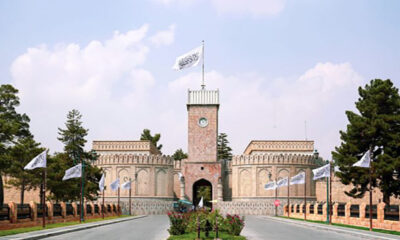
 Latest News4 days ago
Latest News4 days agoAfghanistan to establish independent oil and gas authority
-

 Sport5 days ago
Sport5 days agoATN to broadcast ‘The Best FIFA Football Awards 2025’
-

 Latest News4 days ago
Latest News4 days agoUS intelligence chief warns of ‘direct threat’ from suspected terrorists inside the country
-
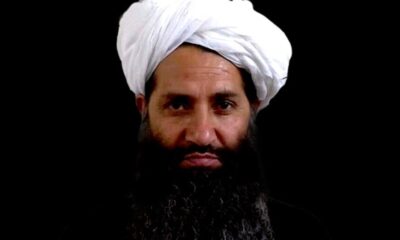
 Latest News3 days ago
Latest News3 days agoIEA supreme leader stresses enforcement of Sharia law and sincere public service
-

 International Sports4 days ago
International Sports4 days agoILT20: Desert Vipers qualify for playoffs with five-wicket win over Dubai Capitals














